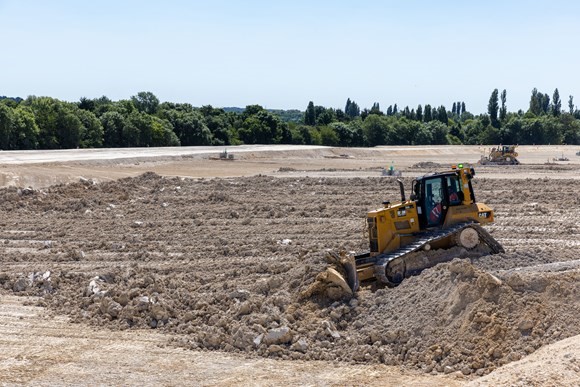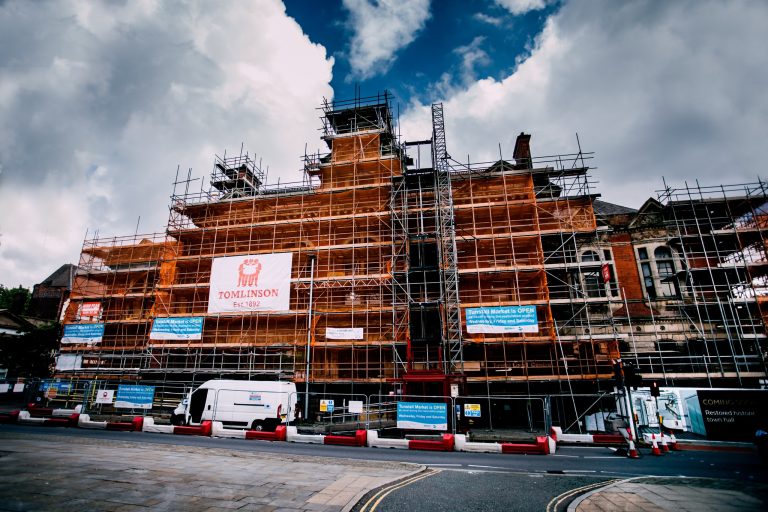Contractor and developer G F Tomlinson has completed the renovation of the historic, local building Tunstall Town Hall, together with the Stoke-on-Trent City Council. The two have uncovered, repaired and preserved some of the original heritage features of the Grade II Listed building. Built in 1885, Tunstall Town Hall was brought back to life with the transformation of the double flight staircase, the Victorian cabinet, beautiful plaster covings, original men’s toilets, original woodwork including the etched doors, skirting and architraves and the record of Tunstall council members, which had previously been mothballed. A new chequerboard was also installed, along with re-carpeting the stairs, removing the ‘later’ modern extension at the front to return the Town Hall to its original frontage, using skilled stone masons. “We’re incredibly proud to have completed work on the historical Tunstall Town Hall and to see it in its former glory. We have extensive experience delivering heritage projects of this nature, which has seen us working collaboratively with Stoke on Trent City Council to successfully restore and re-model Longton Town Hall prior to commencing on Tunstall. The restoration has breathed life back into the building, which will enhance the local area, and we look forward to seeing the doors reopen again soon,” commented Chris Flint, Managing Director of G F Tomlinson. With the investment that went into the restoration of Tunstall Town Hall, the council has demonstrated its commitment to heritage in the city, as showcased by the recent Heritage Congress and plans to establish a preservation trust. The investment also includes Stoke and Longton Town Halls, with Tunstall Town Hall being the most ambitious refurbishment to date. “Improving Tunstall Town Hall and moving much needed services into one building is a great start to improving the area. The project shows the council cares about its historic buildings and their significance in communities and is another example of the council being trusted to deliver heritage led projects of this nature,” said Councillor Daniel Jellyman, cabinet member for regeneration, infrastructure and heritage. “The building was in a much worse state of repair than first thought. The front elevation was rotating towards the street and some of the roof tiles had perished and after decades of limited investment, a lot of the structure had become a concern, with one of the first tasks to peel as much of the plaster and finishes to expose the structure. The heritage improvement works for a beautiful building have helped us uncover some incredible features and really capture the craftmanship of historical architectural roots with in the city,” Daniel concluded. Building, Design and Construction Magazine | The Home of Construction Industry News











